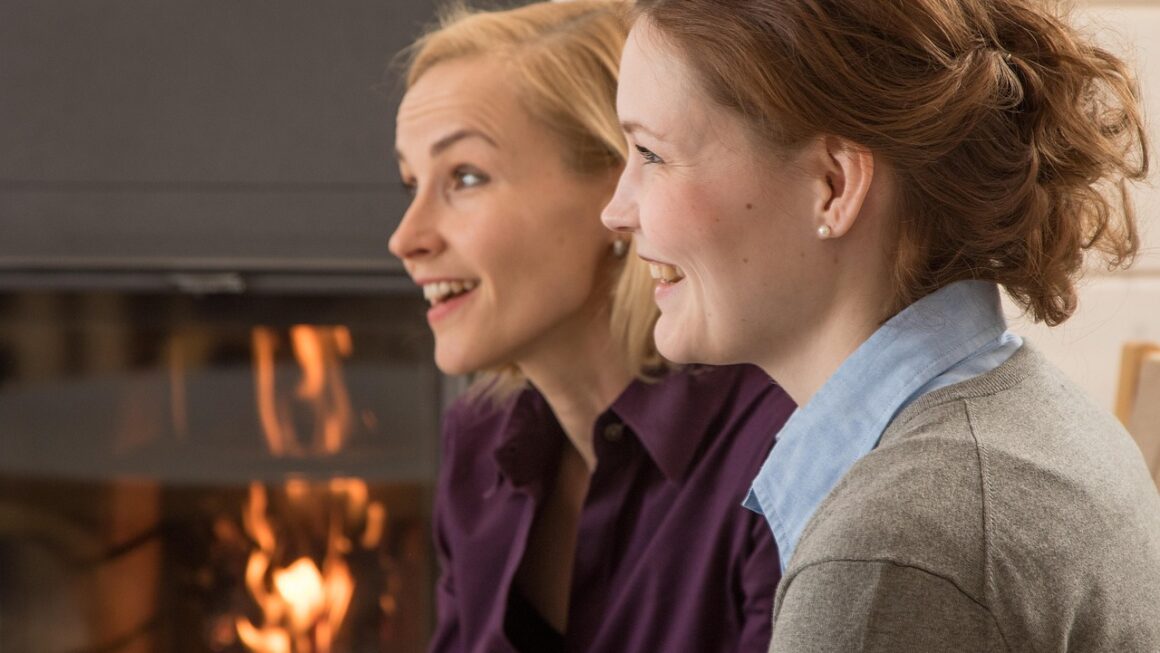That feeling when you walk into a room and instantly feel at ease, surrounded by warmth and positivity – that’s the power of friendly vibes. Creating a welcoming and approachable atmosphere isn’t just about being nice; it’s a strategic advantage in personal and professional life. This guide will explore the art of cultivating and projecting friendly vibes, impacting everything from relationships to career success.
Understanding Friendly Vibes
What are Friendly Vibes?
Friendly vibes are the intangible feeling of warmth, approachability, and positivity that a person or environment exudes. They encompass non-verbal cues, verbal communication, and genuine empathy that make others feel comfortable, valued, and welcome. It’s about creating a safe and enjoyable space where people feel they can be themselves.
- It’s more than just being polite.
- It includes genuine interest in others.
- It’s about fostering a sense of connection.
The Psychology Behind Friendly Vibes
Psychologically, humans are wired to seek connection and safety. Friendly vibes tap into this inherent need, signaling that an environment or individual is safe and trustworthy. Mirror neurons play a significant role, as we tend to mimic the emotions and behaviors of those around us. When someone projects friendly vibes, others are more likely to reciprocate, creating a positive feedback loop. Studies have shown that individuals perceived as friendly are often seen as more competent and trustworthy, leading to better social and professional outcomes.
- Mirror Neurons: Contribute to empathetic connection.
- Social Bonding: Friendly vibes encourage social bonding.
- Trust Building: They establish a foundation of trust.
Cultivating Friendly Vibes in Yourself
Non-Verbal Communication is Key
Non-verbal cues are a crucial aspect of projecting friendly vibes. Body language speaks volumes, often more loudly than words. Pay attention to the following:
- Eye Contact: Maintain comfortable eye contact to show engagement and sincerity. Avoid staring, but also avoid glancing away too frequently.
- Smile: A genuine smile is universally recognized as a sign of friendliness and approachability.
- Posture: Adopt an open and relaxed posture. Avoid crossing your arms or hunching over, as these can convey defensiveness or disinterest.
- Facial Expressions: Be mindful of your facial expressions. A neutral or slightly positive expression is generally more welcoming than a scowl or frown.
Example: Imagine you’re meeting someone new. Instead of just shaking their hand, make direct eye contact, smile warmly, and offer a genuine greeting. This simple combination of non-verbal cues instantly projects friendliness.
Verbal Communication Matters
While body language is important, the way you speak also plays a significant role.
- Tone of Voice: Use a warm and inviting tone. Avoid sounding monotone or rushed.
- Active Listening: Pay attention to what others are saying and respond thoughtfully. Ask follow-up questions to show genuine interest.
- Positive Language: Use positive and encouraging language. Avoid negativity or complaining.
- Inclusive Language: Use language that is inclusive and respectful of all individuals. Avoid jargon or slang that may exclude others.
Example: Instead of just saying “Okay,” when someone tells you something, respond with “That’s interesting! Tell me more about it.” This encourages them to elaborate and shows that you’re genuinely interested in what they have to say.
Empathy and Authenticity
The foundation of friendly vibes is genuine empathy and authenticity. People can sense when someone is being fake or insincere.
- Practice Empathy: Put yourself in other people’s shoes and try to understand their perspective.
- Be Authentic: Be true to yourself and your values. Don’t try to be someone you’re not.
- Show Vulnerability: Share your own experiences and vulnerabilities (appropriately). This can help build trust and connection.
Example: If someone is sharing a difficult experience, instead of offering unsolicited advice, try saying, “That sounds really tough. I can only imagine how you’re feeling.” This shows empathy and validation.
Creating Friendly Vibes in Environments
Physical Space
The physical environment can significantly impact the overall atmosphere and feeling of friendliness.
- Cleanliness and Order: A clean and well-organized space is generally more inviting than a cluttered or dirty one.
- Lighting: Natural light is ideal, but if that’s not possible, use warm and inviting lighting. Avoid harsh fluorescent lights.
- Comfortable Seating: Provide comfortable and inviting seating arrangements that encourage interaction.
- Personal Touches: Add personal touches that reflect your personality or brand. This could include artwork, plants, or other decorative items.
Example: A waiting room with comfortable chairs, soft lighting, and calming artwork will create a more welcoming atmosphere than a stark, sterile room with hard plastic chairs.
Workplace Culture
Creating a friendly work environment is crucial for employee morale, productivity, and overall success.
- Encourage Collaboration: Foster a culture of collaboration and teamwork.
- Promote Open Communication: Encourage open and honest communication between employees and management.
- Recognize and Appreciate Employees: Regularly recognize and appreciate employees for their contributions.
- Provide Opportunities for Social Interaction: Organize social events or activities that allow employees to connect outside of work.
Example: Implementing a “Employee of the Month” program or hosting regular team-building activities can help foster a more positive and friendly work environment.
Online Presence
In today’s digital age, creating friendly vibes online is just as important as in person.
- Use a Professional and Friendly Tone: Use a professional but approachable tone in your online communications.
- Be Responsive: Respond promptly to inquiries and comments.
- Engage with Your Audience: Engage with your audience on social media and other online platforms.
- Share Positive and Uplifting Content: Share content that is positive, uplifting, and relevant to your audience.
Example: Responding to customer reviews on Yelp or Google with a personalized message, even if it’s a negative review, shows that you care and are willing to address their concerns.
The Benefits of Friendly Vibes
Improved Relationships
Friendly vibes naturally lead to stronger and more fulfilling relationships, both personal and professional. People are drawn to those who make them feel good, fostering trust and connection.
- Deeper connections with friends and family
- More meaningful professional relationships
- Increased networking opportunities
Enhanced Career Success
In the workplace, projecting friendly vibes can significantly impact your career trajectory. People are more likely to trust, respect, and collaborate with someone they perceive as friendly and approachable.
- Better teamwork and collaboration
- Increased opportunities for advancement
- Improved client relationships
Increased Personal Well-being
Surrounding yourself with positive and friendly energy can also have a profound impact on your own well-being. It can reduce stress, increase happiness, and improve overall mental health.
- Reduced stress and anxiety
- Increased feelings of happiness and contentment
- Improved self-esteem and confidence
Conclusion
Cultivating friendly vibes is a skill that can be learned and honed. By focusing on non-verbal communication, verbal communication, empathy, and authenticity, you can create a welcoming and positive atmosphere that benefits both yourself and those around you. Whether it’s improving relationships, enhancing career success, or increasing personal well-being, the power of friendly vibes is undeniable. Embrace these principles, and you’ll be amazed at the positive impact it has on your life.




